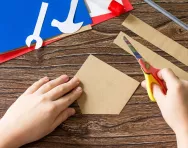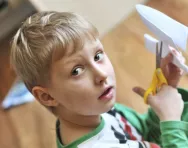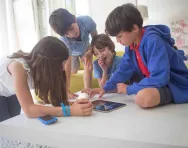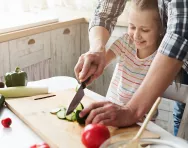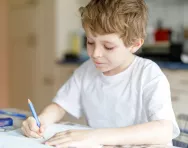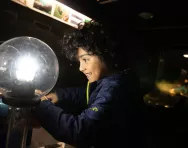Important update from TheSchoolRun
For the past 13 years, TheSchoolRun has been run by a small team of mums working from home, dedicated to providing quality educational resources to primary school parents. Unfortunately, rising supplier costs and falling revenue have made it impossible for us to continue operating, and we’ve had to make the difficult decision to close. The good news: We’ve arranged for another educational provider to take over many of our resources. These will be hosted on a new portal, where the content will be updated and expanded to support your child’s learning.
What this means for subscribers:
- Your subscription is still active, and for now, you can keep using the website as normal — just log in with your usual details to access all our articles and resources*.
- In a few months, all resources will move to the new portal. You’ll continue to have access there until your subscription ends. We’ll send you full details nearer the time.
- As a thank you for your support, we’ll also be sending you 16 primary school eBooks (worth £108.84) to download and keep.
A few changes to be aware of:
- The Learning Journey weekly email has ended, but your child’s plan will still be updated on your dashboard each Monday. Just log in to see the recommended worksheets.
- The 11+ weekly emails have now ended. We sent you all the remaining emails in the series at the end of March — please check your inbox (and spam folder) if you haven’t seen them. You can also follow the full programme here: 11+ Learning Journey.
If you have any questions, please contact us at enquiries@theschoolrun.com. Thank you for being part of our journey it’s been a privilege to support your family’s learning.
*If you need to reset your password, it will still work as usual. Please check your spam folder if the reset email doesn’t appear in your inbox.
Key Stage 2 design and technology: what children learn

In Design and Technology (DT) lessons in KS2, children are expected to:
- Evaluate a range of existing products.
- Design a functional product according to a particular criteria.
- Discuss ideas and develop annotated sketches, cross-sectional and exploded diagrams, prototypes and computer-aided designs.

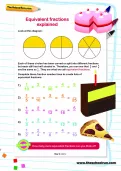
Boost your child's maths & English skills!
- Follow a weekly programme
- Maths & English resources
- Keeps your child's learning on track
- Select from tools and equipment to produce products.
- Understand how to strengthen, stiffen and reinforce structures.
- Understand and use mechanical systems in their products, for example gears, pulleys, cams, levers and linkages.
- Understand and use electrical systems in their products, for example, series circuits incorporating switches, bulbs, buzzers and motors.
- Apply their understanding of computing to program, monitor and control their products.
KS2 primary-school design and technology lesson examples
Here are some examples of what children have done in class:
- A Year 3 class developed their making skills by thinking about and combining ingredients according to taste, appearance and texture to create a healthy sandwich.
- A teacher divided his Year 4 class into groups and asked each to select a piece of cardboard packaging for a tube of toothpaste. They looked at its construction, purpose and graphics and then recorded the information. After taking pictures using a digital camera, each group created a net (pattern) for their own design using computer-aided design (CAD) software.
- A Year 5 class met a local toy maker who came armed with a range of old and new mechanical toys, which intrigued the pupils and got them thinking about how things move. This first-hand experience of working with mechanisms got them inspired to try a few experiments of their own.
- A Year 6 class created their own house slippers for different purposes and people. They thought about how to address a range of needs, such as appearance, safety, warmth and size. They learnt how to make accurate patterns and templates and how to produce detailed working drawings. They practised their making and finishing skills to enhance the quality of their slippers. Finally, they evaluated their products critically against design criteria the teacher had given them, and identified what to do to improve them.
The BBC Teach Explain This... short films offer explanations of some KS2 Design and Technology topics, including how to make a structure stronger or waterproof, axles and hinges.
Help your child with design projects at home
- Talk to your child about the role of design in everyday things at home. Make a list together including furniture, décor, clothes, food, cards and presents. They may be surprised just how much there is.
- Fill an old cardboard box with materials your child could use for making things. Recycle things, such as packets, plastic containers, small boxes, little bits of wood, rubber bands, old cotton reels, pieces of fabric, paper clips, string, paper plates, plastic cups, straws, toilet rolls etc. Remember to include design essentials such as glue, sticking tape, a hole punch, a stapler and scissors.
- Give your child a project and encourage them to approach it like a real designer. This will help a lot with the way lessons are taught at school. Choose something that interests your child – cooking a simple dish, making clothes for a doll, designing a model car or plane, or creating a birthday card for a friend.
